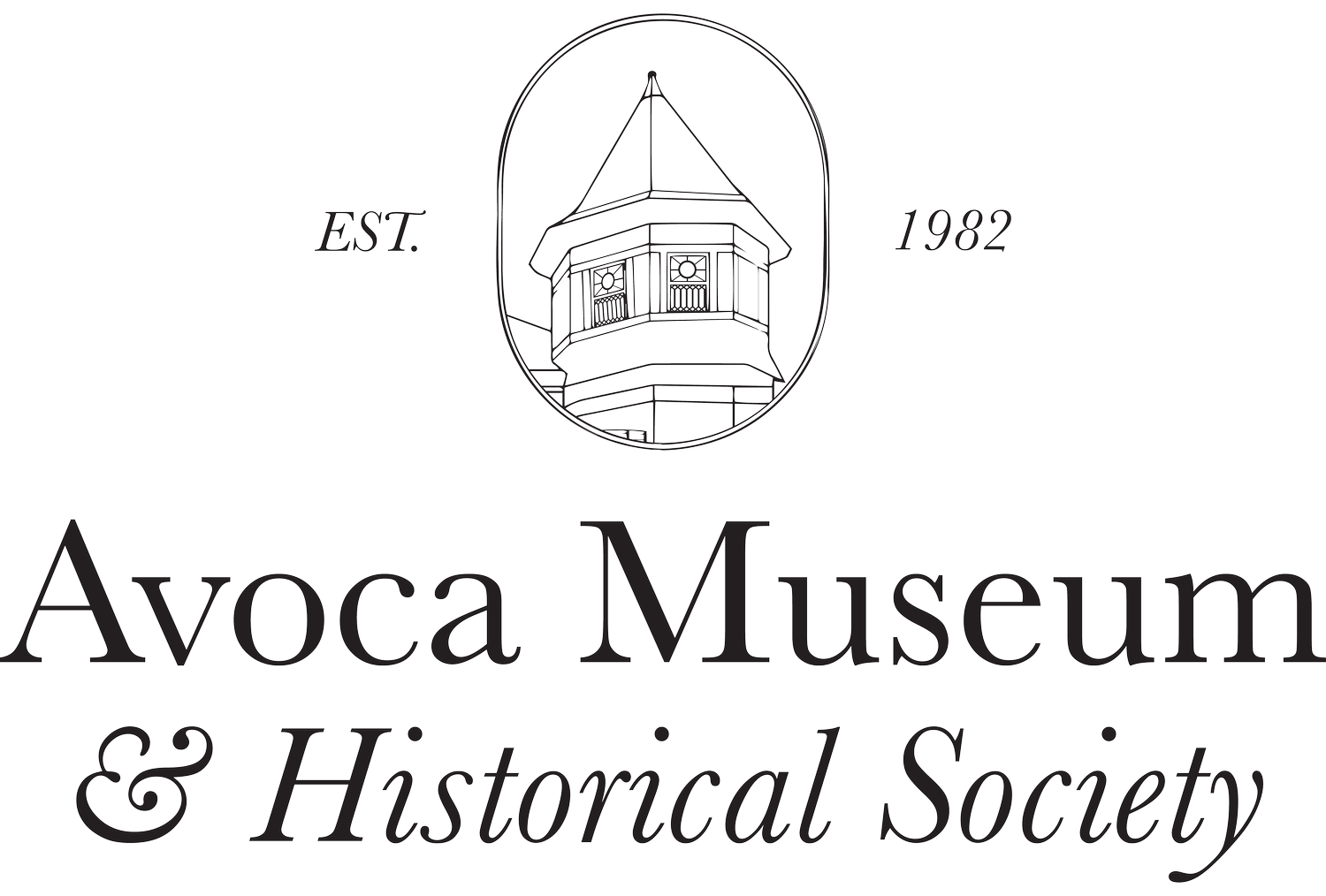Manumission by John & Charles Lynch
For much of his life, Charles Lynch truly fit the stereotype of a rebel. He had turned away from many of the teachings of his childhood. Due to his activity in local politics and the American Revolution he was expelled from the Quaker society his mother and brother held dear. The rift this formed in his relationship with John is clearly evident in John’s 1786 appearance before Quaker Elders, where he confesses resentment against his brother. Once the Revolution was over, Charles seemed to return to many of the practices of his youth. Rejoining the Quakers and mending his relationship with John are some of the activities that defined his latter years. Perhaps the most unique step both John and Charles took was manumitting their slaves. As many know, the Quakers were a peaceful society and among their many rules, owning slaves was absolutely not allowed. Charles’ activities outside of the Quakers had led him to believe that slavery was “morally permissible” for a time. Soon, however, Charles would come to see the absolute hypocrisy of slavery. How could a nation so concerned with liberty and freedom enslave another human being? Charles and John were part of the few who saw this issue and chose to do something about it. By choosing to manumit their slaves, they were taking a brave step against the society of the time. Charles had rubbed shoulders with the very man responsible for the phrase, “all men are created equal” and it is a shame that more men like the Lynch brothers did not step forward to realize the full extent of those words until many years later.

